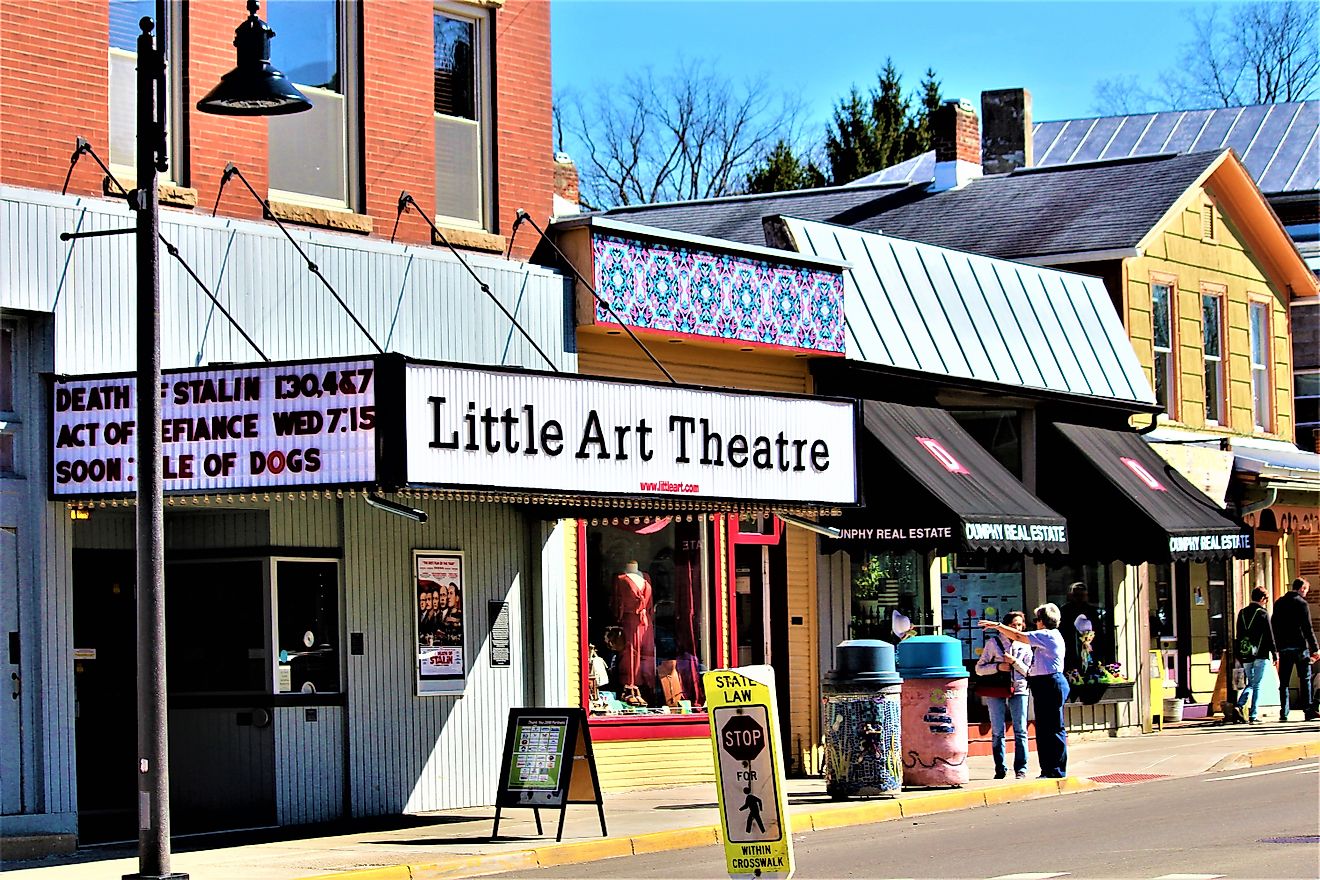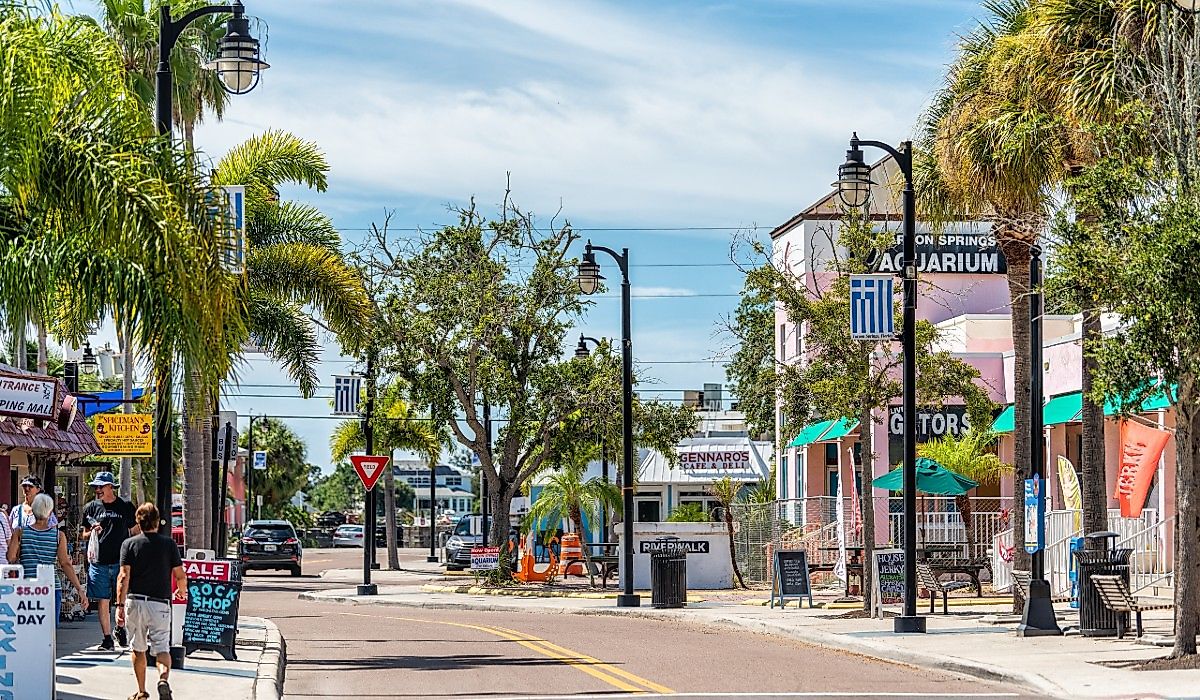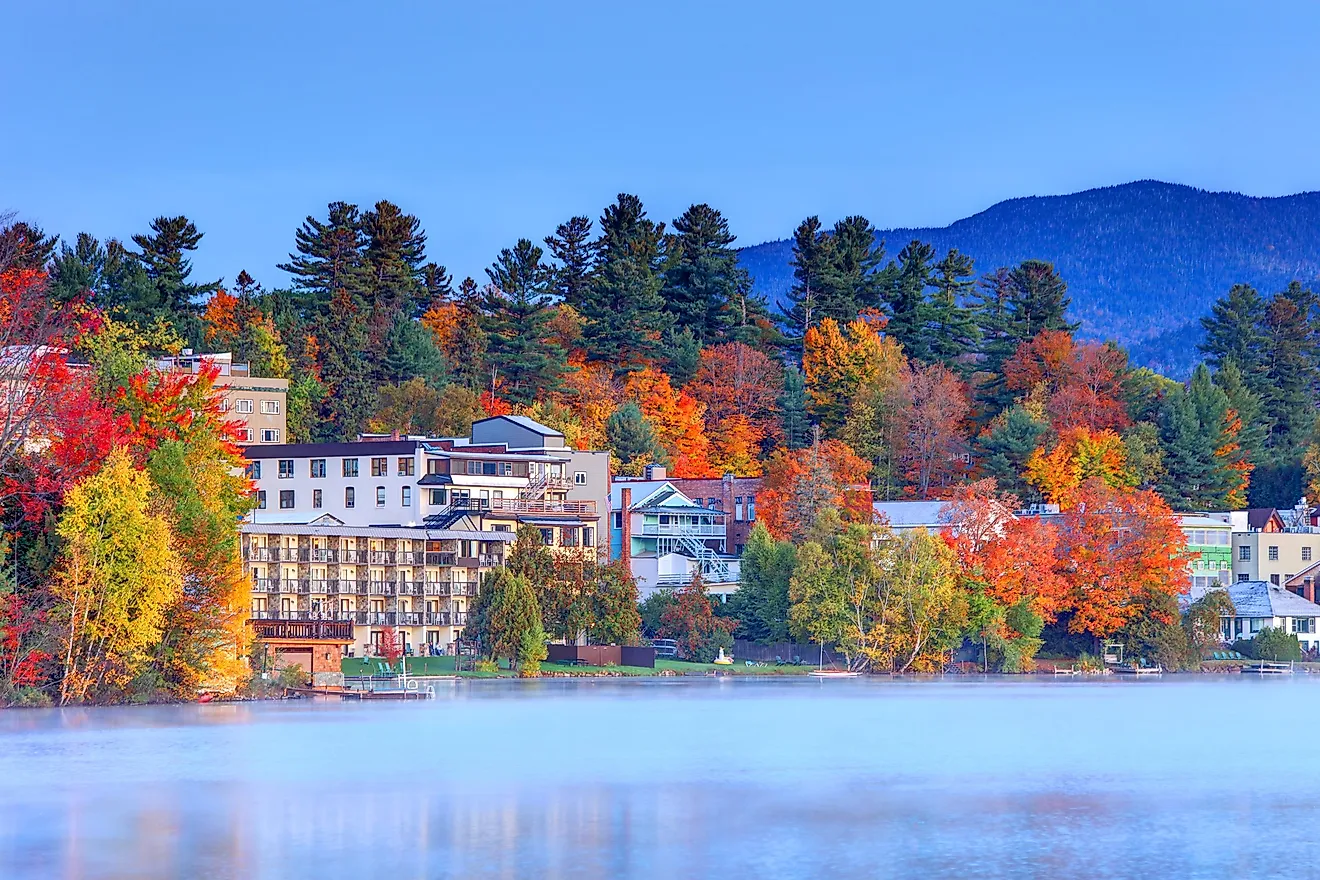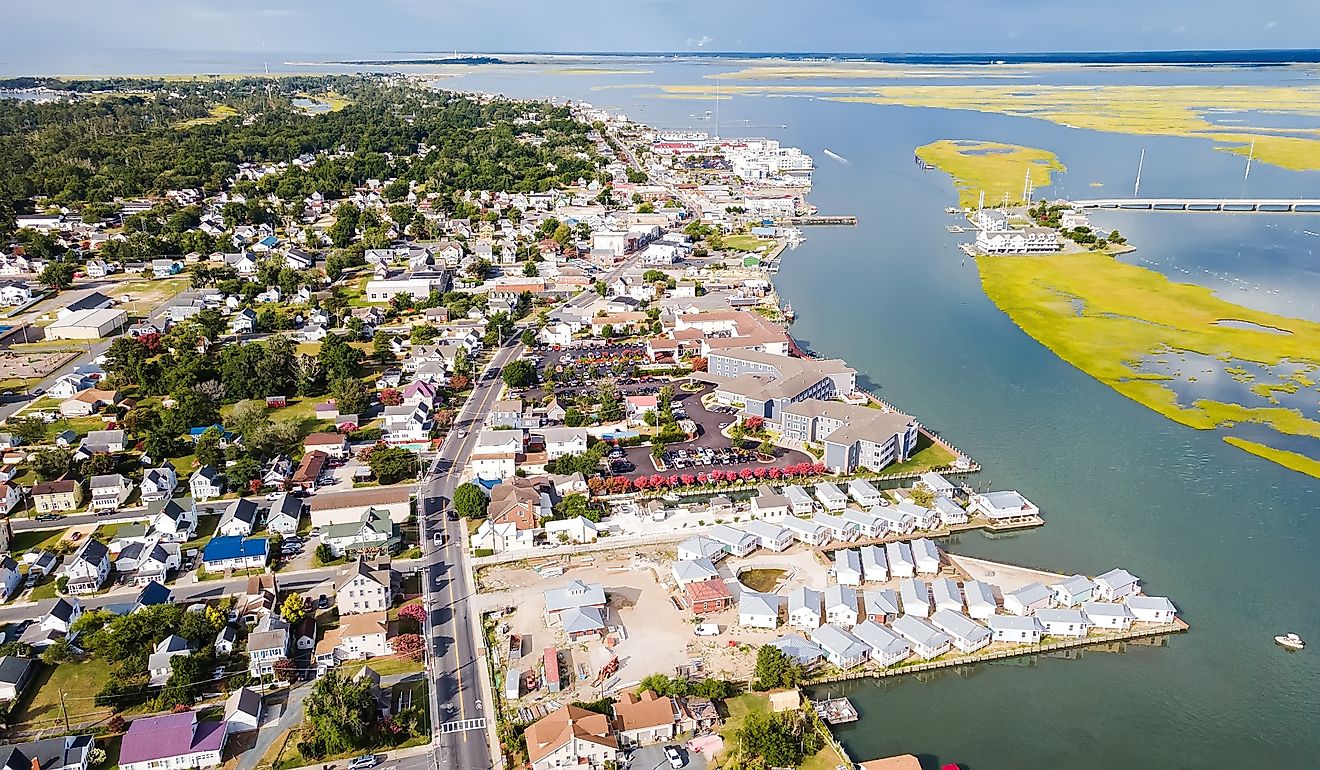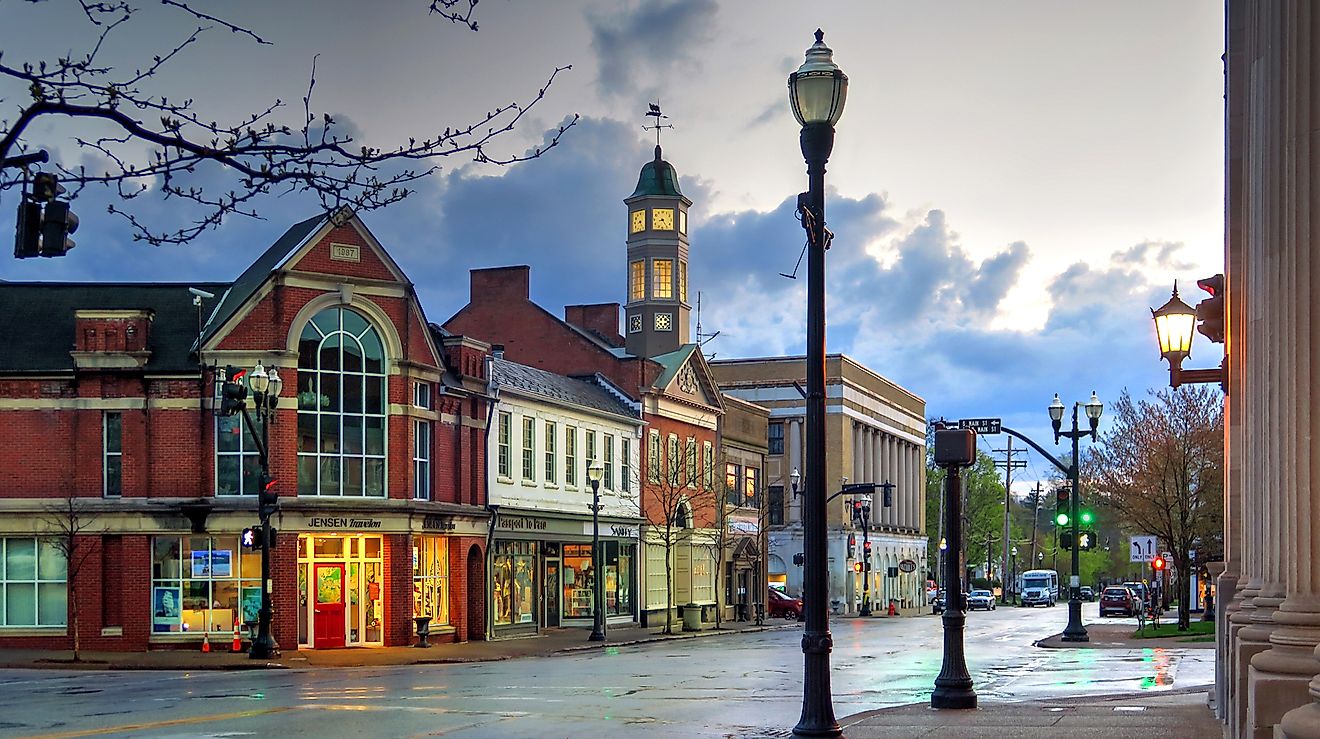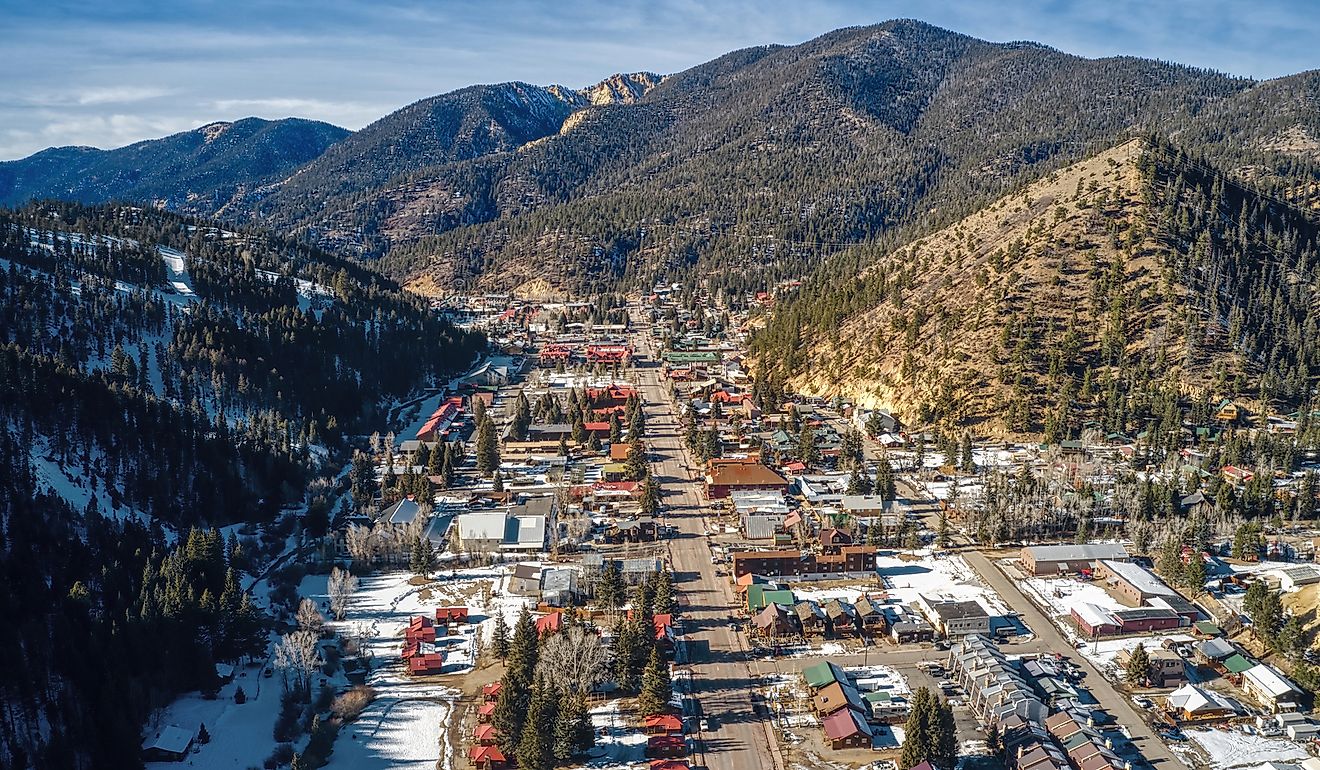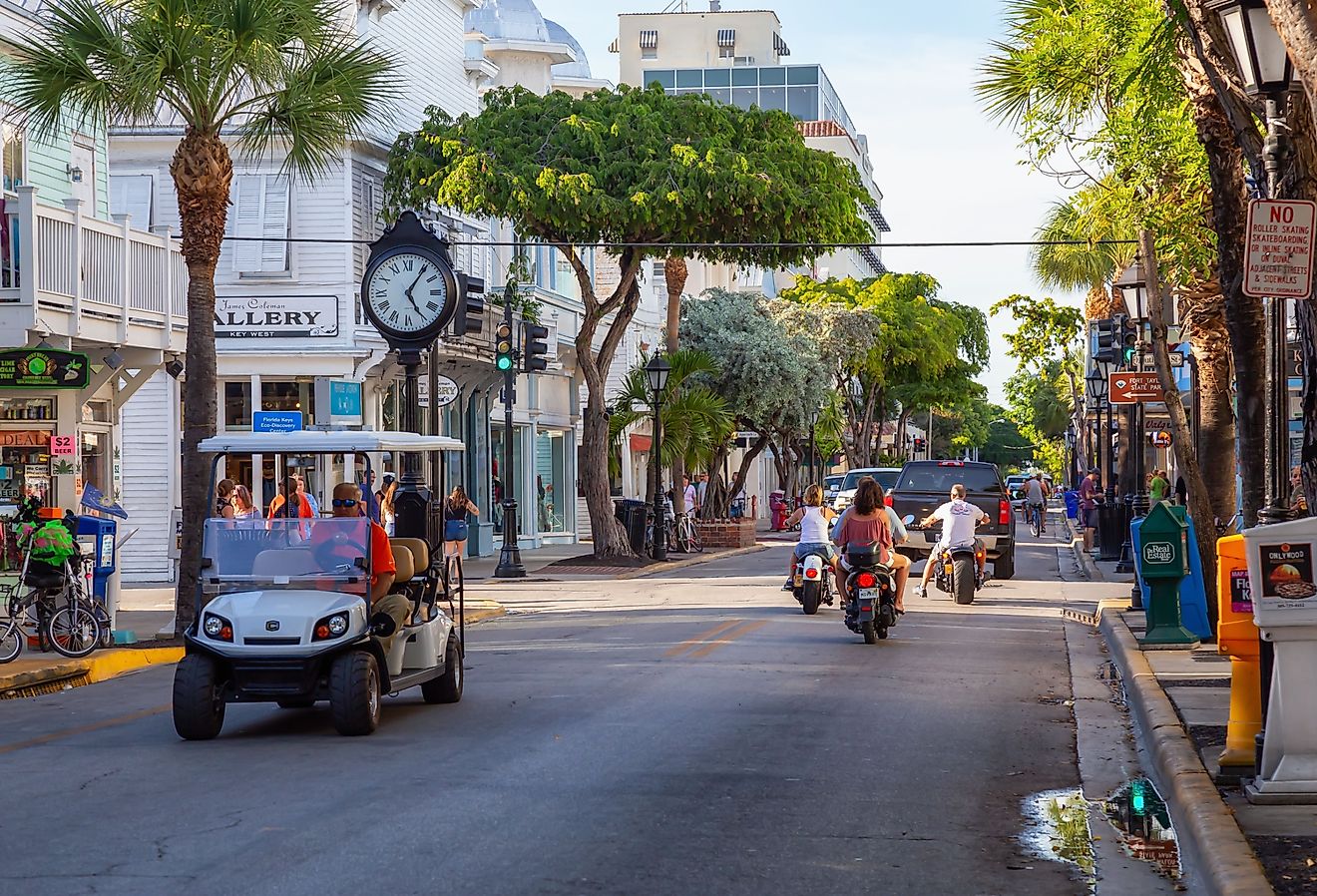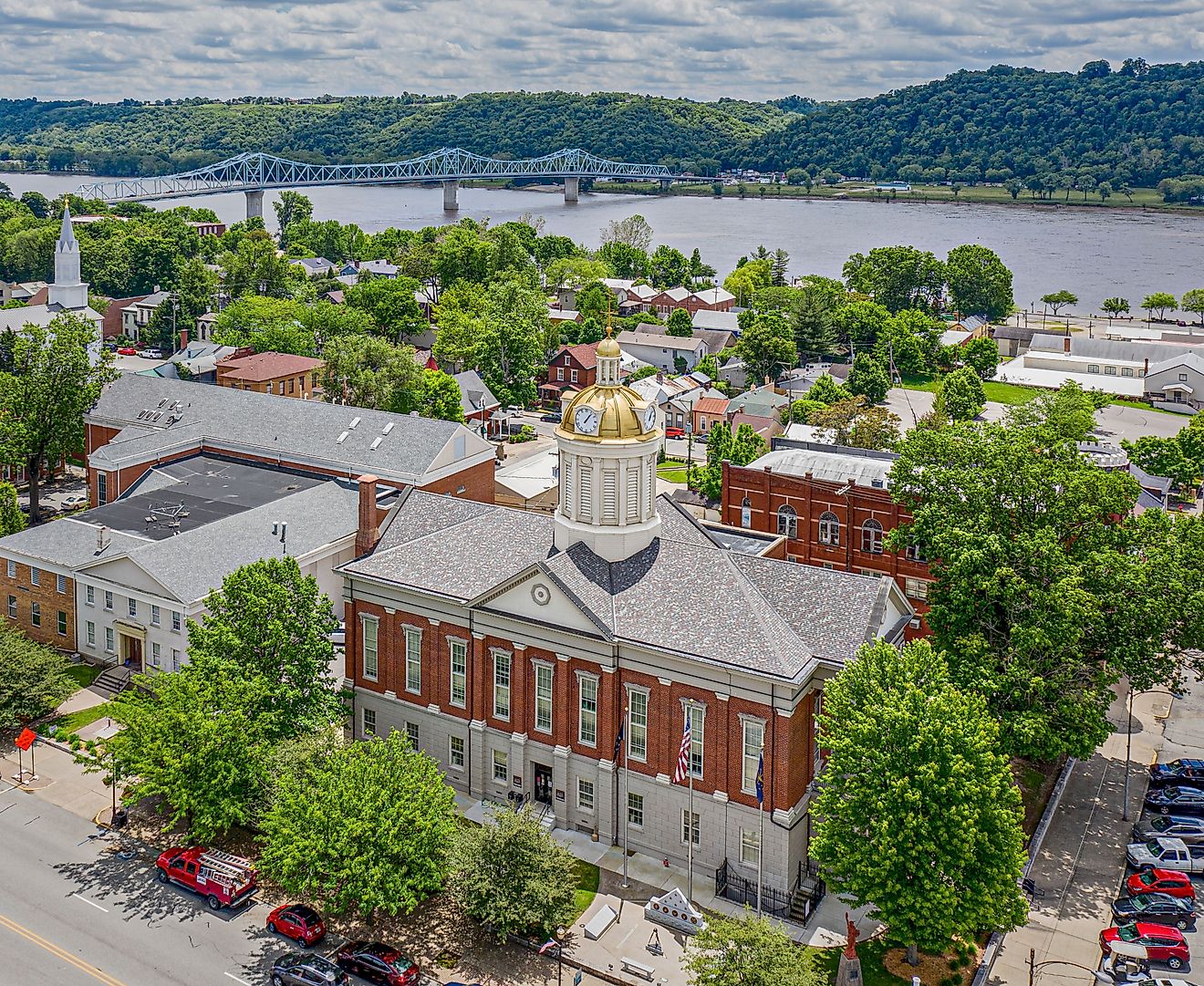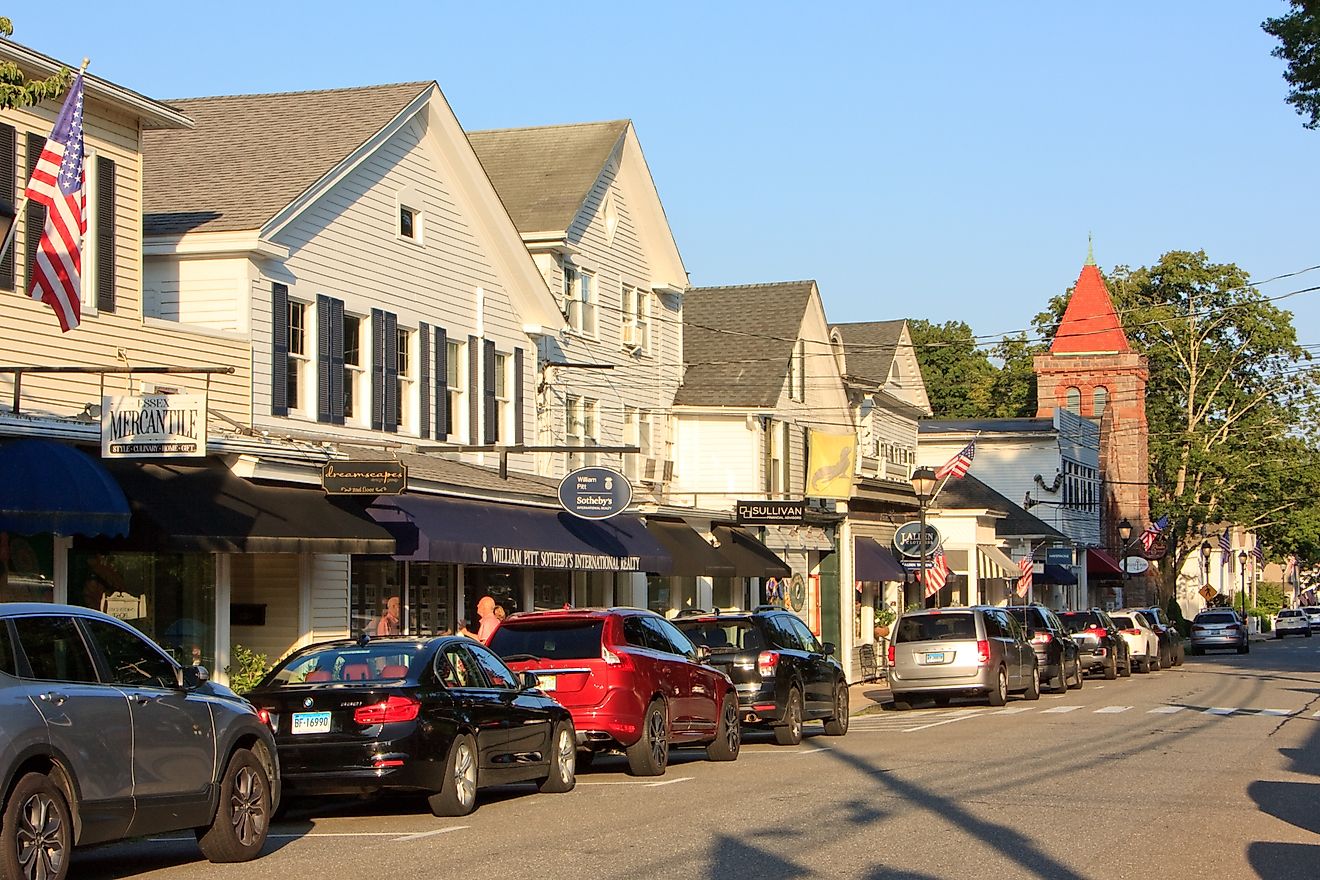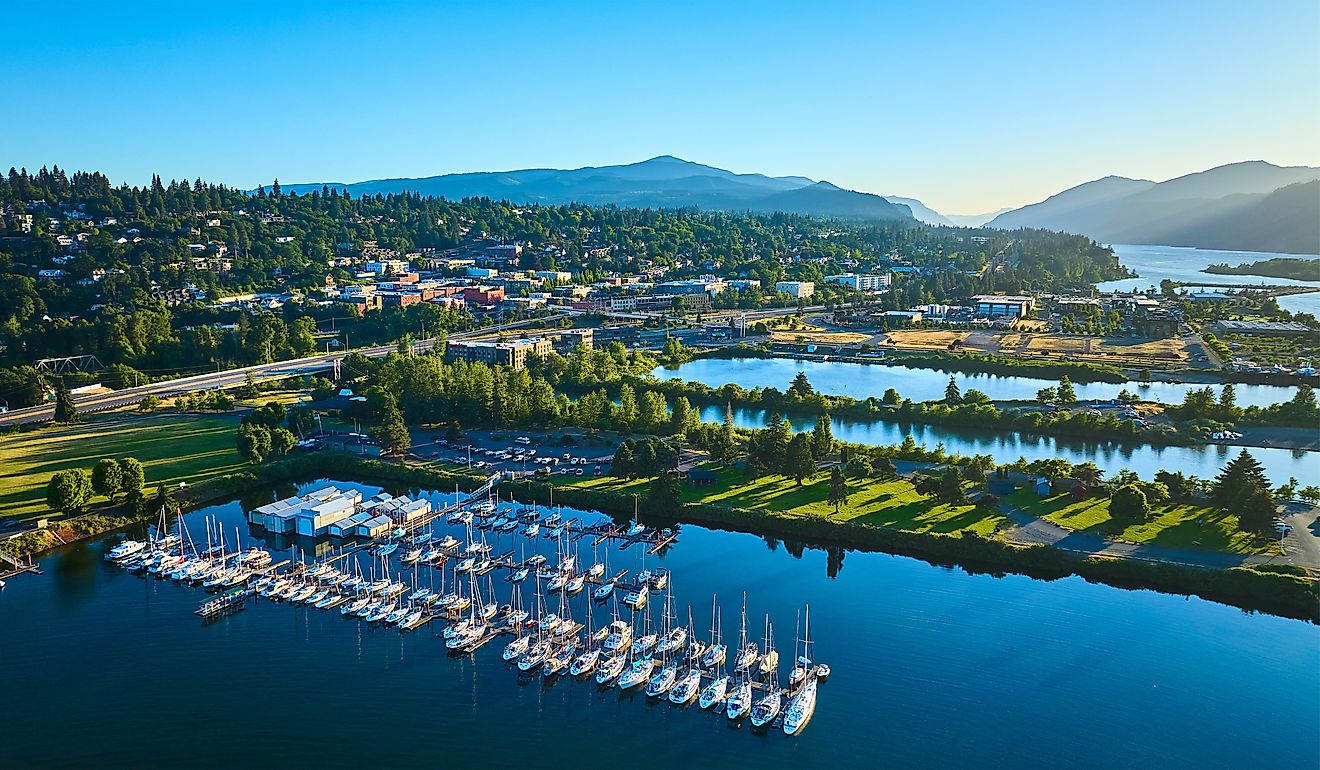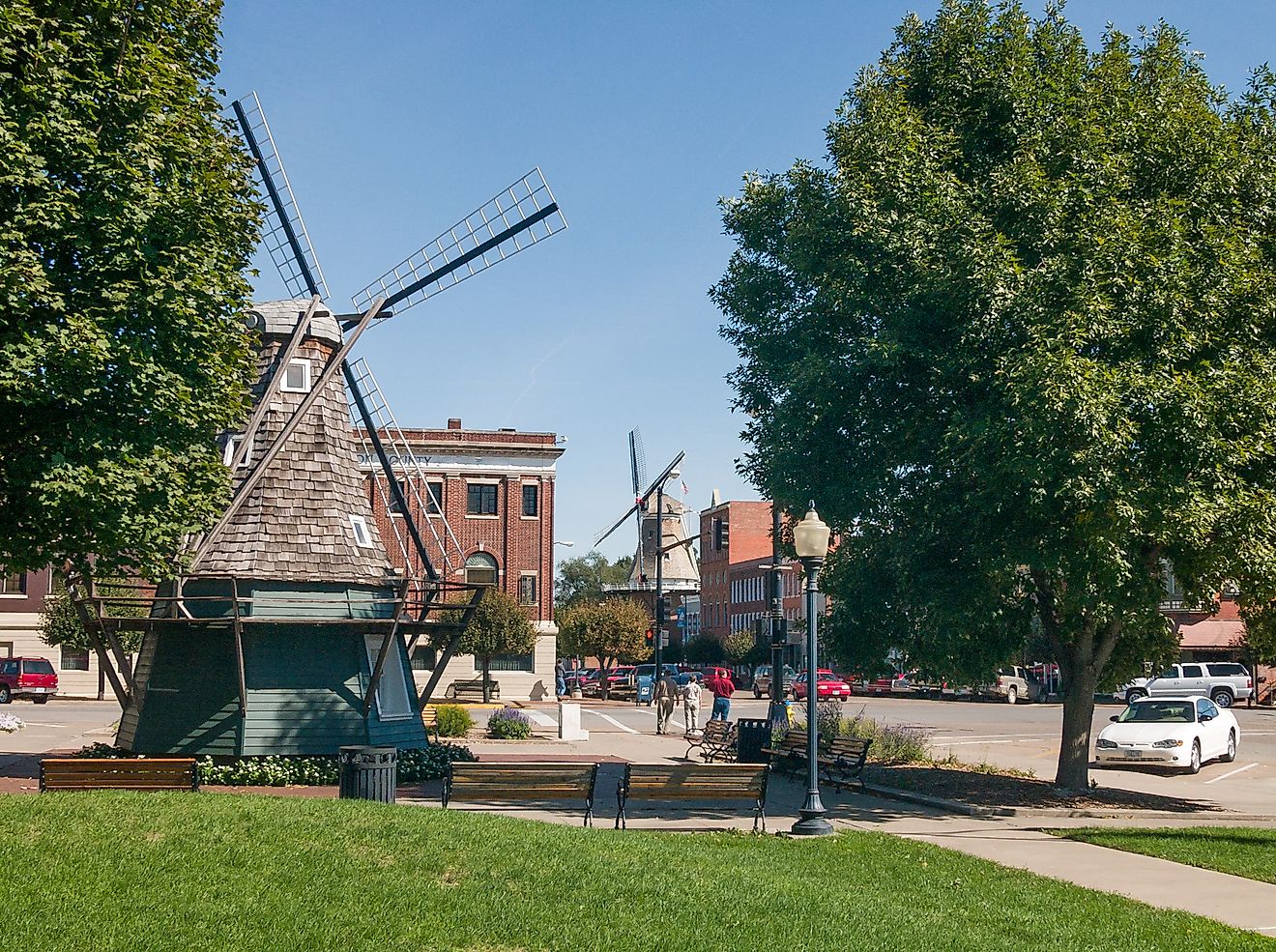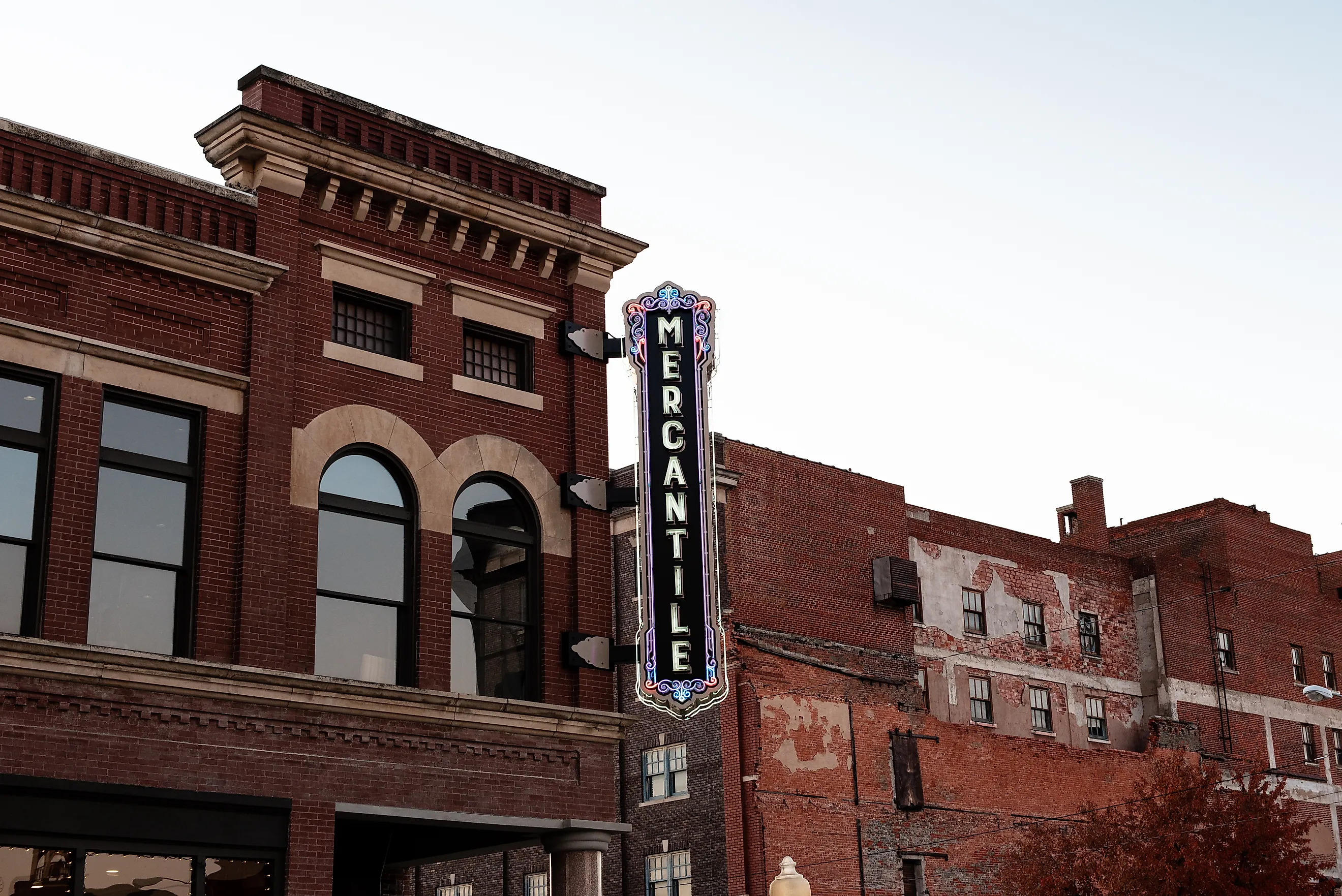
6 Old-Timey General Stores In Oklahoma
The creak of original floorboards, combined with exposed brick or sandstone interiors and tin ceilings, are just a few of the building features reminiscent of structures from the early 20th century, details you’ll still find in many old-timey general stores in Oklahoma. As essential historical pillars in the community, these general stores were often a one-stop shop for residents and farmers, serving a wide range of items and typically housing additional businesses, such as a post office, newspaper office, or even a doctor's office. Often, they are also rich in history, each with a set of unique circumstances that led to their construction. Below are six old-timey general stores located in Oklahoma, many of which are still open for business today.
Meers Store & Restaurant
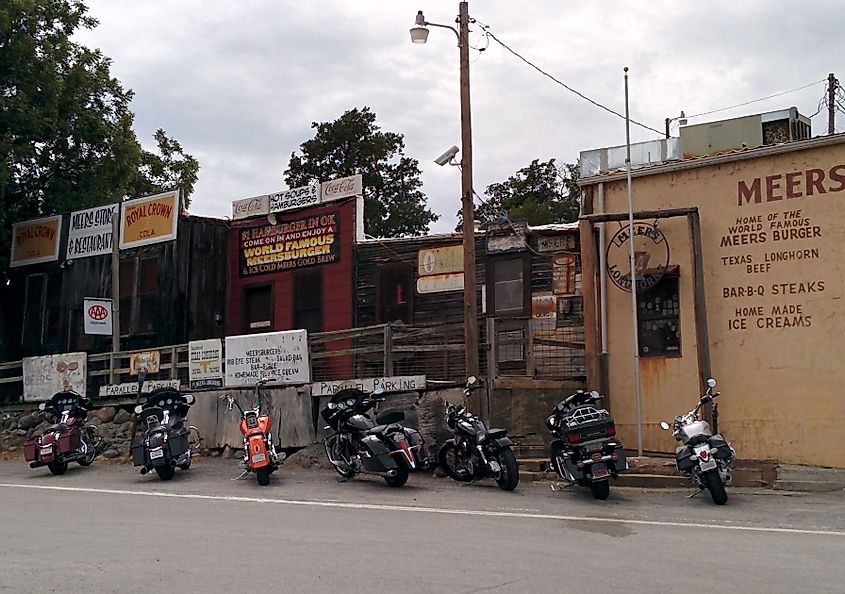
In 1901, an area originally part of the Fort Sill Apache Reservation was opened to white settlers. Due to persistent rumors of Spanish expeditions in the 16th and 17th centuries discovering gold in the Wichita Mountains, the town of Meers almost immediately sprang to life in the foothills. In 1905, the entire city was required to relocate approximately a mile North of its original location due to the newly enforced Wichita Mountains Wildlife Refuge, leaving the Meers Store and Restaurant as the last surviving structure from the original town of Meers. The city was short-lived despite the move, with the population plunging after 1905 when it was clear to prospectors that the gold found there was minimal.
Initially, the Meers Store was a general store that sold a variety of groceries and everyday items to its patrons. Over the years, it has evolved into having several purposes, including a post office, a newspaper office, a drugstore, and even a doctor's office. This building was truly the epitome of one-stop shopping, as minors could purchase groceries, send mail, and see a doctor all in one place. Today, the store can be found on State Highway 115. The store primarily functions as a restaurant, famous for its Meersburger — a grass-fed beef burger 7 inches in diameter, cut into four pieces and served on a pie plate. Still, it honors its general store reputation by offering memorabilia (such as postcards and stamps), Meers Gold Dust (a spice blend), and t-shirts and apparel items.
Mulvey Mercantile
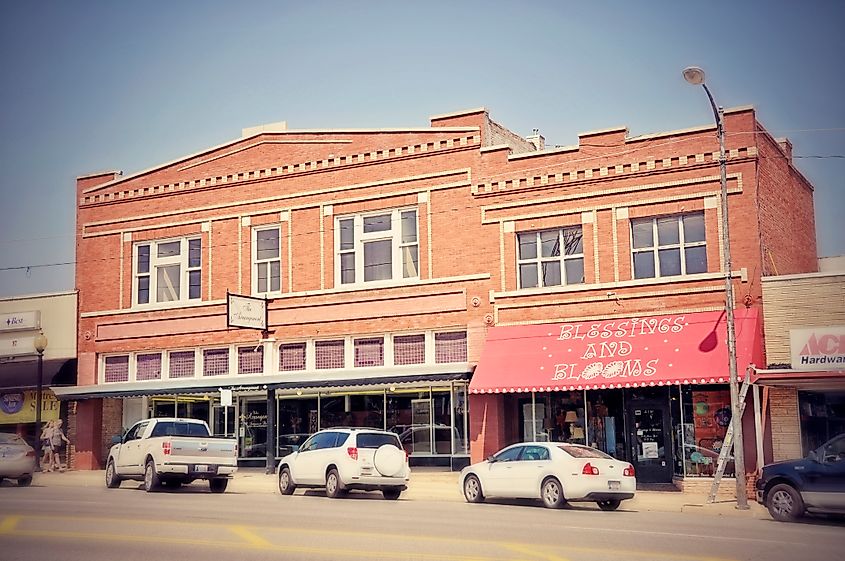
In the city of Yukon, in 1905, twin brothers Odie and Mike Mulvey opened a general store on West Main Street, which would eventually become the largest retail operation in the town until the 1930s. The store was so successful that although it started in one building, it later expanded into so many buildings that the store nearly covered half of the block on the north side of the street. The Mulvey Mercantile has also been credited with attracting other businesses to the city's downtown core due to its renowned success. The store was the go-to spot for farmers, travelers, and locals alike, offering a wide range of products, including farming equipment, groceries, dry goods, and day-to-day household essentials. Also located within the building during its peak were a doctor's office, a post office, and a newspaper office.
Unfortunately, in the 1930s, the Great Depression hit, causing many businesses to shut down. The Mulvey Mercantile was one of these businesses, cited as closing due to bankruptcy. However, there have been several different businesses occupying the area since this time, such as a hardware store and, later, even a home decor store. Sadly, since 2020, the building has remained empty, but who knows what its future may hold?
Deer Creek Mercantile

Located in the town of Deer Creek, Oklahoma, on Main Street, this general store was initially established in 1899. When it first opened, the store was built on a wooden frame, which was soon replaced with a 6,000-square-foot brick building in 1905. The Deer Creek Mercantile is now the oldest commercial building in Grant County, according to the Blackwell Journal-Tribune; it's even listed on the National Register of Historic Places. It quickly became an important community resource, serving as an all-inclusive store for farmers in Northwest Oklahoma, offering a variety of dry goods, meats, and other groceries. The store operated for nearly 100 years before shutting down in 1994.
In 2021, a Deer Creek local entrepreneur named Brittany Webster made the bold decision to purchase and restore the historic building, reopening the store in December 2022, just in time for the Christmas season. At the time of purchase, the store was in complete disarray. Parts of the ceiling were collapsing, the walls were crumbling, and even the brick mortar was so decayed that bricks could be pulled out of the walls. This was a true labor of love, as the entire building required restoration. Webster and her team restored as many components of the original building as possible, including lights and wood flooring. Today, the Deer Creek Mercantile serves customers a variety of home decor, seasonal items, and even food items, including candy and locally sourced beef, providing a nostalgic experience that draws visitors from all over.
Severs Block

Initially opened in 1882 by a merchant named Robert Severs, the Severs General Store was the second stone building constructed on Okmulgee Indian lands at East 6th Street in the city of Okmulgee. The most popular feature of the rectangular building was the unique angled doorway, which surely made the building stand out to visitors, especially when surrounded by the regular rectangular doorways on the rest of the block. Eventually, between 1901 and 1903, the owner expanded the general store to include several additional storefronts and office space within the building. The second floor of the businesses was used as office space, while the stores on the bottom floor sold a mixture of day-to-day items. At its peak, it was thought that Severs Block was one of the largest commercial buildings found in Indian Territory. It was during this time that the term “Severs Block” was coined, referring to the expansion that encompassed nearly the entire block. Dry goods, groceries, clothing, and hardware were found here, along with harnesses and tobacco.
Today, the building has undergone several restorations, including a major one in 1989, which uncovered the original sandstone and brick and recreated the signature angled doorway. Today, the building is listed in the National Register of Historic Places and is part of the historic downtown district, which the Okmulgee Historic Downtown Preservation Commission maintains. Although the building no longer houses a general store, small businesses, and office spaces can be found inside the historical walls. Visitors are welcome to view the architecture and read the signs, which provide details about the site's history.
Boston Store
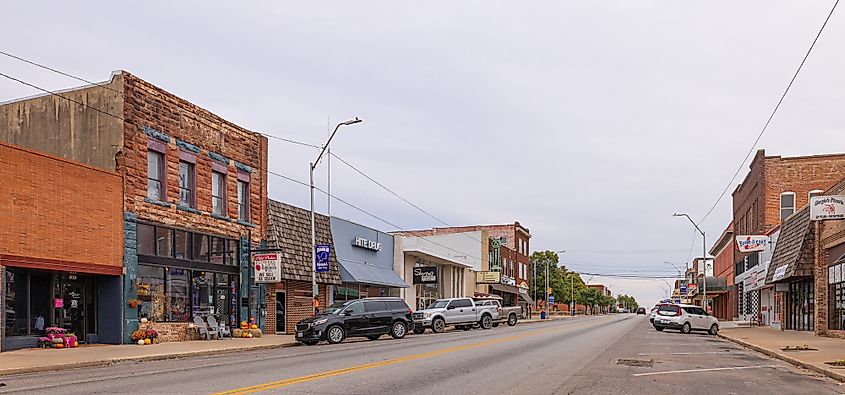
After a devastating tornado hit the town of Chandler, Oklahoma, in 1897, destroying the business district, which consisted of wooden-framed buildings, the city responded by transitioning from basic wood-frame buildings to using brick and stone in construction to increase durability. Although reports are unclear as to who the original owner was, The Boston Store was one of the buildings reconstructed in place of a wood-frame building that had been destroyed. In 1900, the store was opened as a grocery store selling dry goods, housewares, personal items, and even some specialty goods (like books and medications).
Since its time as a grocery store, the Boston Store building on Manvel Avenue has housed a variety of businesses over the years. Jewelry stores, pool halls, pharmacies, and even restaurants are some examples of the different uses for the building. Since 2006, however, the two-story brick building has been home to a business named Petal Pushers, selling floral arrangements and gift items to customers. The company has successfully preserved the original stonework, with visitors frequently commenting on the historic ambiance of the interior.
Pioneer Woman Mercantile

Originally known as the Osage Mercantile Company on Main Street, which first opened its doors in 1910, this building was built to sustain the growing city of Pawhuska. With true-to-period brick walls and ceilings made out of tin, the two-story building housed Ranch office space on the top floor, while the main floor sold general store items. The main store sold everything that ranchers and community residents would need for daily life, including dry goods, groceries, and even ranch and farm equipment. With the start of Osage oil production in 1906, the economy of Pawhuska was eventually fueled by oil revenues, which contributed to the store's booming success. Since the time of the Osage Mercantile Company, the building has held a realtor company, a telephone exchange, and even a department store at one point.
After the building had been vacant for a period, a local woman and her husband purchased it in 2012. They spent the next several years renovating the building while attempting to keep the old-timey vibe through restoring features such as the original tin ceiling, parts of the original flooring, and the interior and exterior brick walls. Today, the store is known as The Pioneer Woman Mercantile, with its main floor serving as a general store that sells a variety of items, including jewelry, home goods, kitchen supplies, and even ceramics. The store also has a restaurant called The Deli, located on the main floor, and a bakery on the second floor, providing a unique shopping experience.
From the city of Yukon in the Oklahoma City Metropolitan area to the once-bustling town of Meers, which has dwindled in population to little more than a community, general stores were once staples that brought communities together. These buildings didn’t simply house material items; they often served as social hubs in the towns they supported.
They were places where friends and neighbors could catch up and where farmers or ranchers could exchange tricks of the trade. A one-stop shop where customers could see a doctor, send a piece of post, and buy groceries all in the same location. It’s especially heartening to see that these buildings are often being lovingly restored and reopened by locals, such as the Deer Creek Mercantile. In this way, the history of these buildings endures, continuing to bring communities together and serving as a social and nostalgic anchor for residents.

